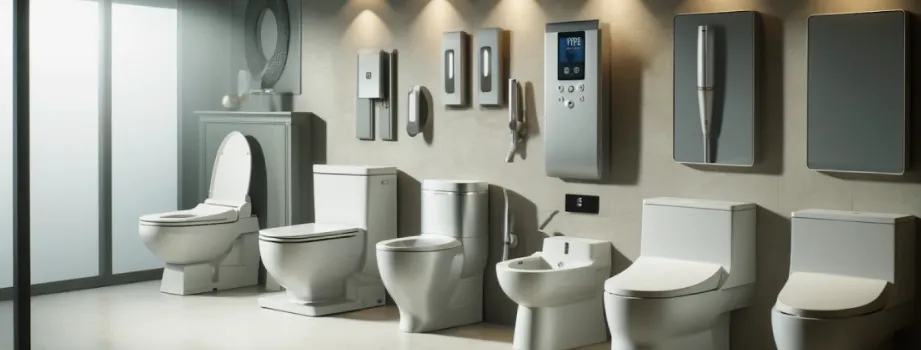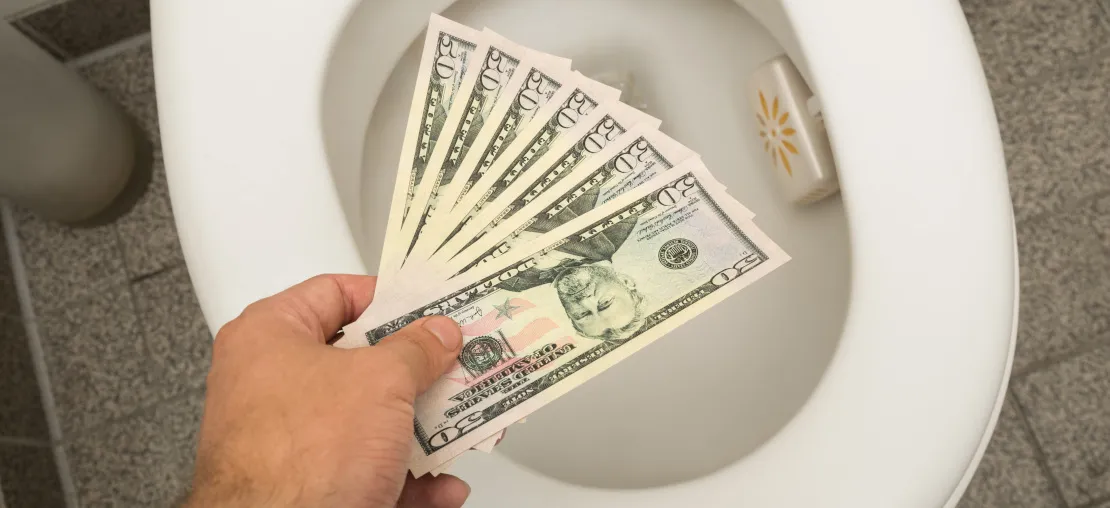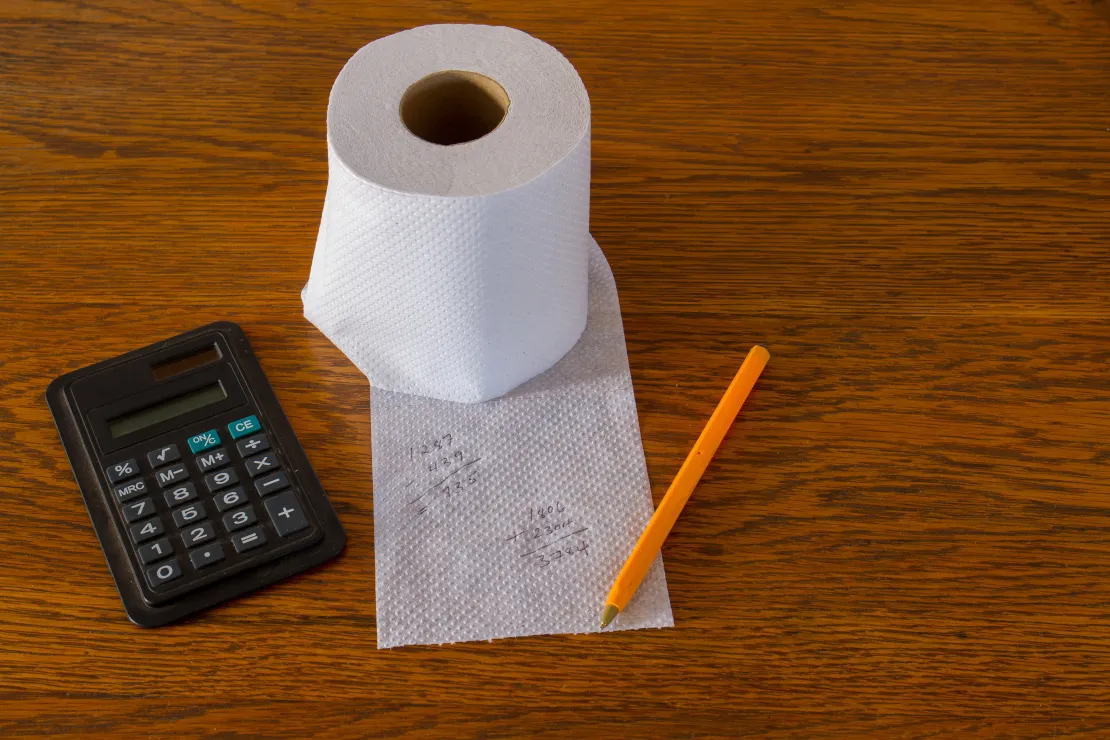The Cost Benefits of Investing in a Bidet Seat
Last Updated: Nov 14, 2024
Writer: Emily Hartfield


When evaluating the purchase of a bidet seat, many consumers initially focus on the upfront cost. While it’s true that high-quality bidet seats often come with a price tag ranging from $200 to $1,000, the long-term financial benefits far outweigh the initial investment for many households. Let’s explore the cost considerations and potential savings in detail.
Upfront Investment and Features
The initial price of a bidet seat varies based on features such as heated water, adjustable spray settings, air drying, and built-in deodorizers. Advanced models with additional functionalities like remote controls and self-cleaning nozzles may cost more but offer convenience and luxury that can improve user satisfaction and overall value.
To make an informed decision, it’s essential to assess the features you truly need. For example, a mid-range bidet seat priced at $400–$600 often strikes a balance between cost and advanced features suitable for most households.
Cost Savings on Toilet Paper

One of the most significant financial advantages of a bidet seat is the reduction in toilet paper usage. On average, Americans spend approximately $120–$150 per person annually on toilet paper. A family of four, therefore, may spend $480–$600 a year.
By using a bidet seat, many households report reducing their toilet paper consumption by up to 75% or more. Instead of using toilet paper for cleaning, users primarily use it for drying or opt for the built-in air dryer available in most bidet models, eliminating the need for toilet paper altogether. Over a 5-year period, a family of four could save $1,800–$2,250 just by reducing toilet paper usage.
Savings on Plumbing and Septic Maintenance
Frequent toilet paper usage can lead to clogged pipes and increased strain on septic systems. The cost of a plumber to clear a blockage can range from $150 to $350, depending on the severity of the issue. Homes with septic tanks may also need more frequent maintenance due to the added burden of decomposing toilet paper.
A bidet seat minimizes this issue by significantly reducing the amount of paper flushed down the toilet, potentially saving households hundreds of dollars in plumbing and septic system maintenance costs over the years.
Energy Efficiency
Modern bidet seats are designed with energy-efficient components, consuming minimal electricity. Features like tankless water heating ensure that energy is only used when needed, keeping operating costs low. Depending on the frequency of use, the average electricity cost of a bidet seat is often less than $20 annually.
Environmental Benefits
While not directly tied to financial savings, bidet seats contribute to a reduction in environmental costs. The production of toilet paper involves deforestation, water usage, and energy consumption. A bidet seat eliminates the need for excessive toilet paper, making it an eco-friendly choice. For environmentally conscious households, this adds significant non-monetary value to the investment.
Cost per User
For larger households, the cost efficiency of a bidet seat improves significantly. The more people using the device, the greater the savings on toilet paper and plumbing. For example, in a family of six, the annual savings on toilet paper alone could reach $900, quickly recouping the initial investment within 1–2 years.
A Long-Term Perspective
A well-maintained bidet seat can last up to 10 years, providing consistent cost savings over its lifetime. Even factoring in occasional repairs or replacements, the overall savings on toilet paper, plumbing maintenance, and energy costs make the investment worthwhile for most households.
Final Thoughts
Investing in a bidet seat offers tangible cost benefits that accumulate over time. From reducing toilet paper expenses and plumbing maintenance costs to contributing to environmental sustainability, a bidet seat is not only a convenience but also a wise financial choice for households of any size.